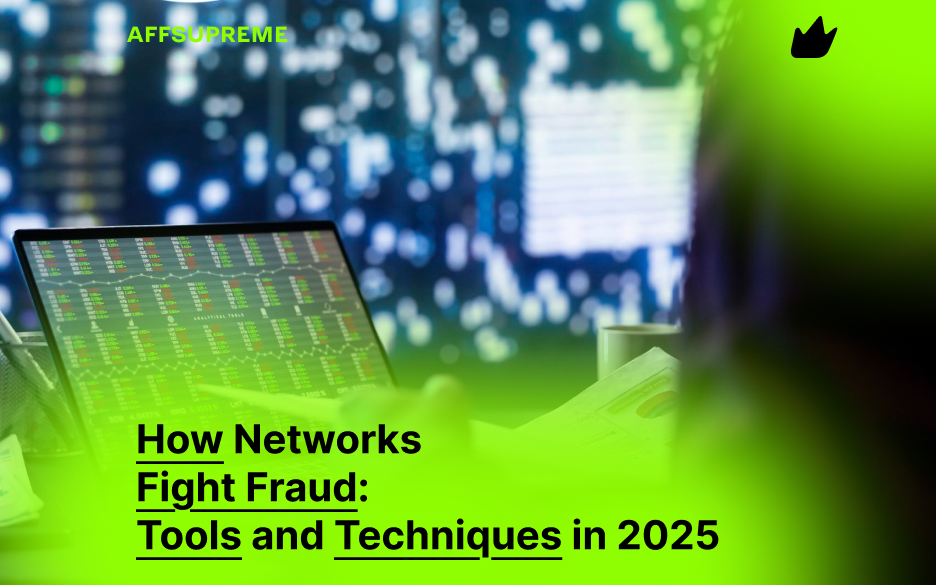In 2025, network fraud has evolved into a sophisticated and highly dynamic threat. As businesses become increasingly digital and cybercriminals leverage AI-driven attacks, the need for advanced fraud detection and prevention strategies has never been more urgent. This article explores the most effective tools and techniques networks are using to fight fraud in 2025.
Why Fighting Network Fraud Is Critical in 2025
Fraud in digital networks includes a wide range of threats: unauthorized access, identity theft, phishing, data breaches, payment fraud, traffic manipulation, and more. With the rise of generative AI, attackers can now launch hyper-realistic phishing campaigns and automate complex attack chains.
To keep up, organizations are shifting from reactive to proactive fraud prevention, using AI-powered analytics, behavioral monitoring, and automated threat responses.
Top Fraud Prevention Tools in 2025
1. AI-Powered Anomaly Detection
Artificial intelligence analyzes traffic patterns in real-time to identify unusual or suspicious behavior. These platforms learn from historical and real-time data to detect fraud faster than traditional systems.
Popular tools include:
-
Darktrace
-
Vectra AI
-
Cisco Secure Analytics
2. Machine Learning (ML) Threat Prediction
ML algorithms can process massive datasets to detect hidden fraud patterns and predict attacks before they happen. ML is especially useful in fintech, banking, and online marketplaces.
3. Behavioral Analytics
These tools monitor how users typically interact with a system—such as login times, device usage, and transaction behavior. Deviations from normal patterns can trigger alerts for potential fraud.
4. Zero Trust Architecture (ZTA)
Zero Trust means no device or user is trusted by default, even if they are inside the network. Every access request is verified, authenticated, and encrypted to minimize fraud opportunities.
5. Multi-Factor Authentication (MFA) + Biometric Security
Combining multiple authentication factors with biometrics—such as fingerprint or facial recognition—adds an extra layer of fraud resistance for both users and systems.
Emerging Techniques to Combat Fraud
✅ Real-Time Threat Intelligence
Security platforms integrate data from SOCs, SIEMs, and threat feeds to respond instantly to suspicious behavior or known fraud patterns.
✅ Decoy Systems and Honeypots
Honeypots act as traps for attackers, mimicking vulnerable systems to study attacker behavior and identify fraud attempts in their early stages.
✅ Blockchain for Transaction Verification
Blockchain adds transparency and integrity to transaction data. It ensures every action is verifiable and tamper-proof—especially useful in financial and supply chain networks.
Challenges and Future Outlook
While fraud detection tools have become more powerful, fraudsters have also grown smarter. Deepfake technology, AI-generated phishing, and social engineering attacks are on the rise. The future of fraud prevention lies in continuous innovation, cross-sector collaboration, and employee awareness.
Conclusion
Fighting network fraud in 2025 requires a combination of smart technology, proactive security frameworks, and human vigilance. Organizations that adopt AI-driven tools, zero trust policies, and behavioral monitoring are far better equipped to detect and stop fraud before it causes serious damage.


